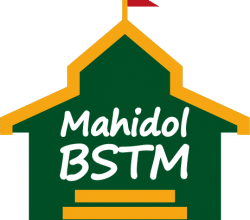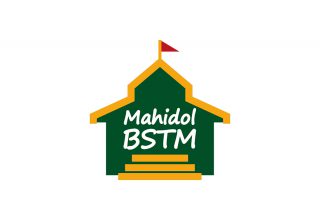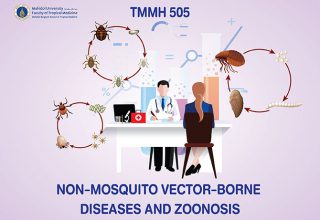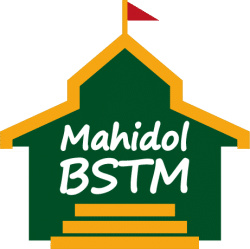Course Description
Medically important helminthes; Classification, morphology, life cycle, ecology, epidemiology, pathogenesis and pathology; Clinical manifestations; Laboratory diagnosis; Treatment; Prevention and control
Course Objectives
· describe biology, systematic and taxonomy, ecology, epidemiology, pathology, clinical manifestation, treatment, prevention and control of helminths in medical importance
· compare morphology and life cycle of helminths in medical importance
· apply knowledge in topics of medical helminthology for diagnosis
· collaborate in group and effectively communicate their understanding about medical helminthology
Course-level Learning Outcomes:
CLO1: describe knowledge in topics of medical helminthology
CLO2: compare morphology and life cycle of helminth in medical importance
CLO3: apply knowledge in topics of medical helminthology for diagnosis
CLO4: collaborate in group as either leader or follower to complete an assignment
CLO5: communicate their understanding about medical helminthology
Curriculum
- 15 Sections
- 19 Lessons
- 20 Weeks
- TMHM505-01 Course Introduction and overview of medical helminthology2
- TMHM505-02 Nematode I: Superfamily Oxyuroidea & Superfamily Ascaridoidea2
- TMHM505-03 Nematode II: Superfamily Ancylostomatoidea & Superfamily Rhabdotoidea1
- TMHM505-04 Nematode III: Superfamily Trichinelloidea0
- TMHM505-05 Superfamily Metastrongyloidea3
- TMHM505-06 Nematode V: Superfamily Gnathostomatoidea0
- TMHM505-07 Nematode VI: Superfamily Filariodea1
- TMHM505-08 Cestode I: Order Pseudophyllidea0
- TMHM505-09 Cestode II: Order Cyclophyllidea I0
- MHM505-10 Cestode III: Order Cyclophyllidea II4
- TMHM505-11 Trematode I: Heterophyids & Lecithodendrids2
- TMHM505-12 Trematode II: Echinostomatids & Fasciolopsis1
- TMHM505-13 Trematode III: Opisthorchiids, Dicrocoelium and Fasciolids2
- TMHM505-14 Trematode IV: Lung fluke Paragonimu1
- TMHM505-15 Trematode V: Human & animal schistosomes0




